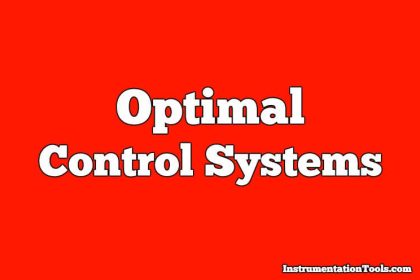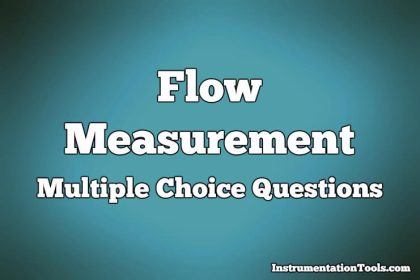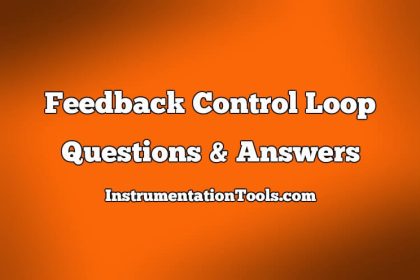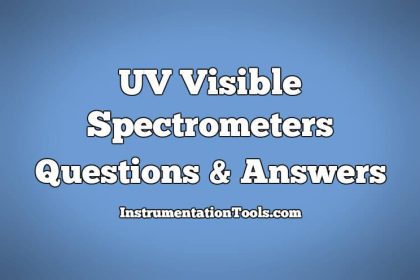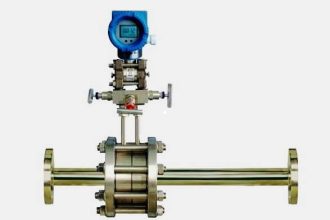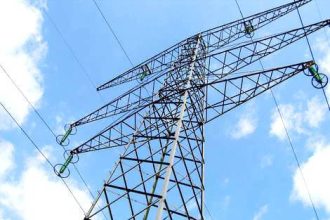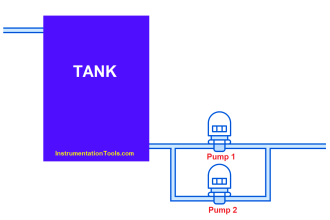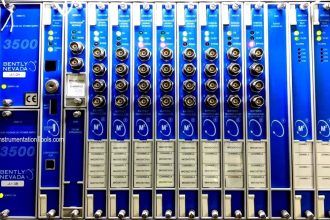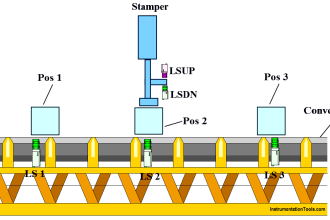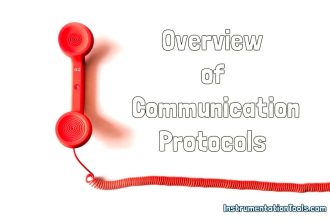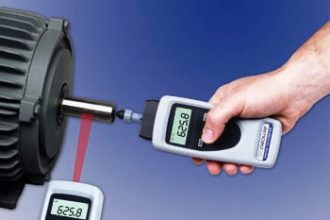Closed-Loop Frequency Response
1. Closed loop frequency response is very useful as :
a) It approximately predicts the time response of the systems
b) Time response are converted into time domain specifications
c) After design time domain specification is converted into frequency domain
d) All of the mentioned
Answer: d
Explanation: Closed loop frequency response is very useful as it enables to use second order correlations between frequency and transient response.
2. Maximum peak overshoot in time domain corresponds to :
a) Resonance peak
b) Resonant frequency
c) Bandwidth
d) Cut-off rate
Answer: a
Explanation: Resonance peak in frequency domain correspond to maximum peak overshoot in time domain.
3. Frequency of oscillation in time domain correspond to :
a) Resonance peak
b) Resonant frequency
c) Bandwidth
d) Cut-off rate
Answer: b
Explanation: Resonant frequency in frequency domain correspond to frequency of oscillation in time domain.
4. Bandwidth is :
a) Range of frequencies for which the system gain is more than-3dB
b) This is considered good range for transmission of signals
c) For better communication bandwidth of signal must be less
d) All of the mentioned
Answer: d
Explanation: Bandwidth of a signal must be less but channel must be more foe better transmission or communication.
5. Cut-off rate is the ability of the system to distinguish the signal from _____________
a) Bandwidth
b) Noise
c) Resonance peak
d) Magnitude
Answer: b
Explanation: Cut-off rate is the ability of the system to distinguish the signal from noise.
6. The important figures of merit to the system in frequency domain are :
a) Maximum value of resonant peak
b) Value of resonance frequency
c) Maximum value of resonant peak and Value of resonance frequency
d) Minimum value of resonance frequency
Answer: c
Explanation: The important figures of merit to the system in frequency domain are maximum value of resonance peak and frequency at which it occurs.
7. In q(s) plane Nyquist plot is symmetrical about the :
a) Imaginary axis
b) Real axis
c) Origin
d) None of the mentioned
Answer: b
Explanation: By definition, In q(s) plane Nyquist plot is symmetrical about the real axis.
8. A polar plot intersects the unit circle at a point making -45° to the negative real axis then the phase margin of the system is :
a) -45°
b) 45°
c) 180°-45°
d) 180°+45°
Answer: b
Explanation: As the angle is with the negative real axis hence the Phase margin will be 45°.
9. The parameter which is constant along the constant N circle :
a) Frequency
b) Phase angle
c) Magnitude
d) Open loop gain
Answer: b
Explanation: Phase angle remains constant in constant N-circle.
10. In second order system gain margin is :
a) Zero value
b) Finite value
c) Infinite value
d) None of the mentioned
Answer: c
Explanation: Gain margin is defined generally for systems with order greater than 3.

